 Park Hotel
Park Hotel
Entry Type: Place - Starting with P
 Park Hotel
Park Hotel
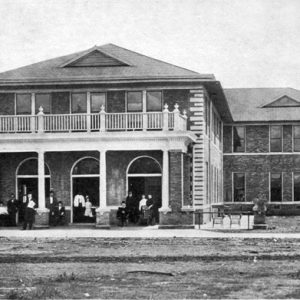 Park Hotel
Park Hotel
Parkdale (Ashley County)
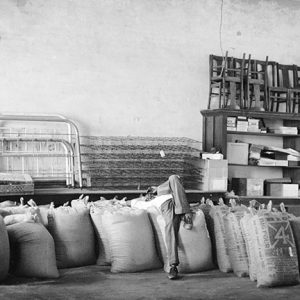 Parkdale General Store
Parkdale General Store
 Parker Pioneer Homestead
Parker Pioneer Homestead
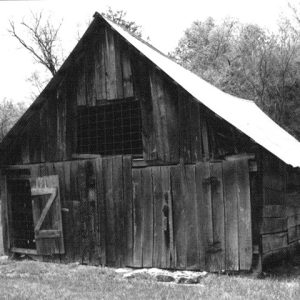 Parker-Hickman Farm Barn
Parker-Hickman Farm Barn
 Parker-Hickman Farm Barn
Parker-Hickman Farm Barn
Parker-Hickman Farm Historic District
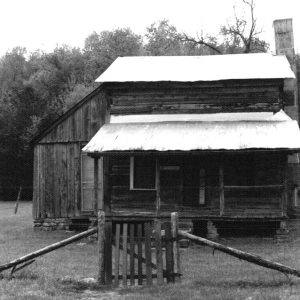 Parker-Hickman Farm House
Parker-Hickman Farm House
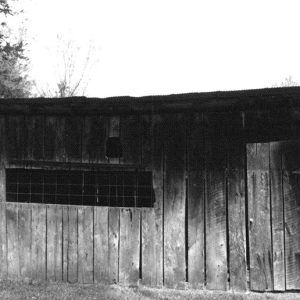 Parker-Hickman Farm Outbuilding
Parker-Hickman Farm Outbuilding
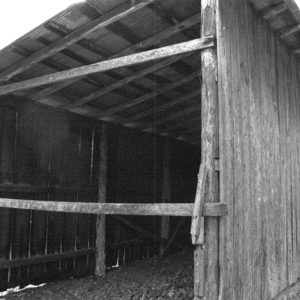 Parker-Hickman Farm Outbuilding
Parker-Hickman Farm Outbuilding
 Parker-Hickman Farm Outbuilding
Parker-Hickman Farm Outbuilding
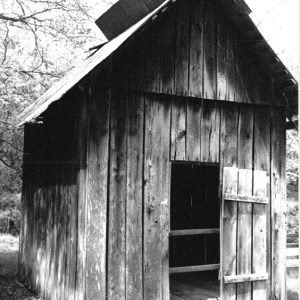 Parker-Hickman Farm Outbuilding
Parker-Hickman Farm Outbuilding
Parkin (Cross County)
Parkin Archeological State Park
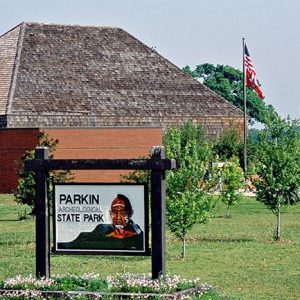 Parkin Archeological State Park
Parkin Archeological State Park
 Parkin Archeological State Park
Parkin Archeological State Park
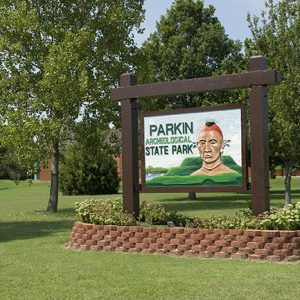 Parkin Archeological State Park
Parkin Archeological State Park
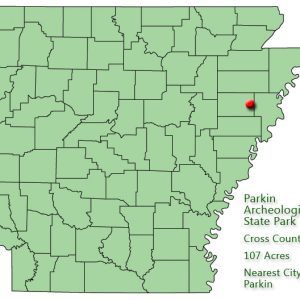 Parkin Archeological State Park: Park Location
Parkin Archeological State Park: Park Location
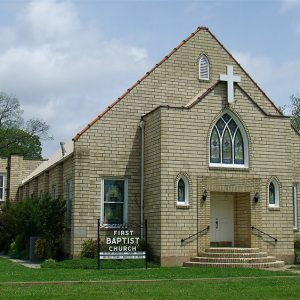 Parkin Baptist Church
Parkin Baptist Church
 Parkin Flood
Parkin Flood
Parkin Historic Site
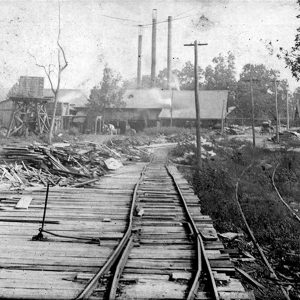 Parkin Mill
Parkin Mill
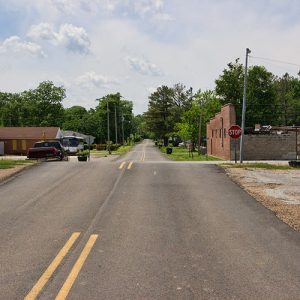 Parkin Street Scene
Parkin Street Scene
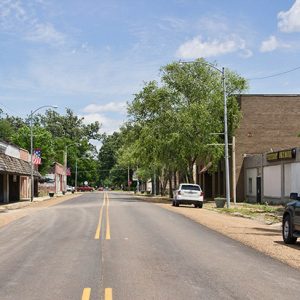 Parkin Street Scene
Parkin Street Scene
Parks (Scott County)
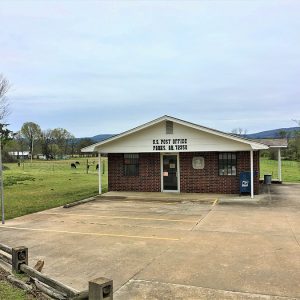 Parks Post Office
Parks Post Office
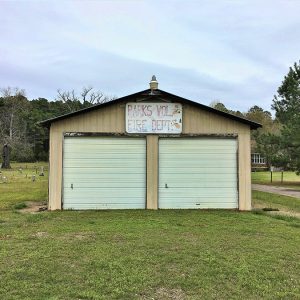 Parks Volunteer Fire Department
Parks Volunteer Fire Department
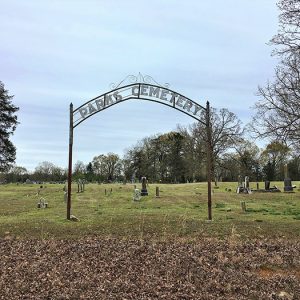 Parks Cemetery
Parks Cemetery
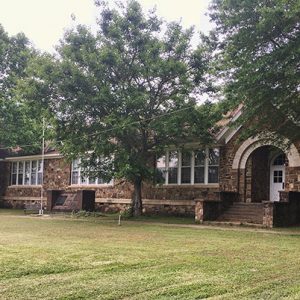 Parks School House - Front
Parks School House - Front
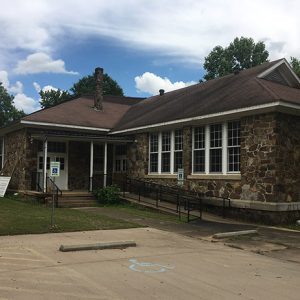 Parks School House - Rear
Parks School House - Rear
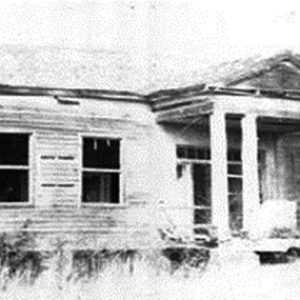 Parks-Cryer House
Parks-Cryer House
Parkway Courts Historic District
 Parkway Courts Historic District
Parkway Courts Historic District
 Parkway Courts Historic District
Parkway Courts Historic District
 Parnell Hall
Parnell Hall
Parnell Springs (Bradley County)
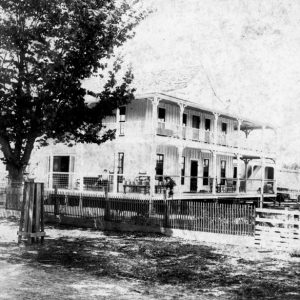 Parnell Springs Hotel
Parnell Springs Hotel
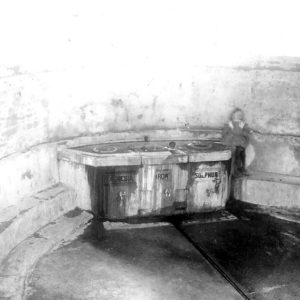 Parnell Springs Spring
Parnell Springs Spring
Paroquet (Independence County)
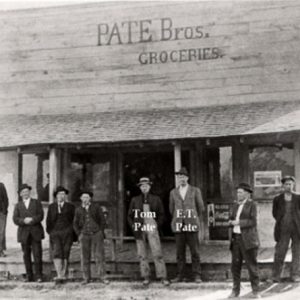 Pate Bros. Groceries
Pate Bros. Groceries
Patmos (Hempstead County)
Patterson (Woodruff County)
 Patterson Street Scene
Patterson Street Scene
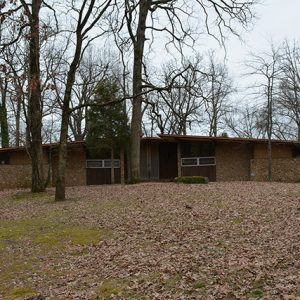 Patteson House
Patteson House
Paul Laurence Dunbar High School
aka: Dunbar Junior and Senior High School and Junior College
Paul Laurence Dunbar School Neighborhood Historic District
Pea Ridge (Benton County)
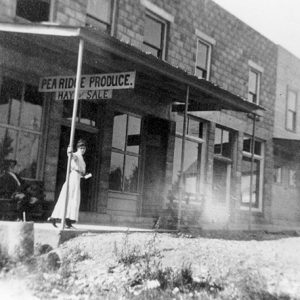 Pea Ridge Produce
Pea Ridge Produce




